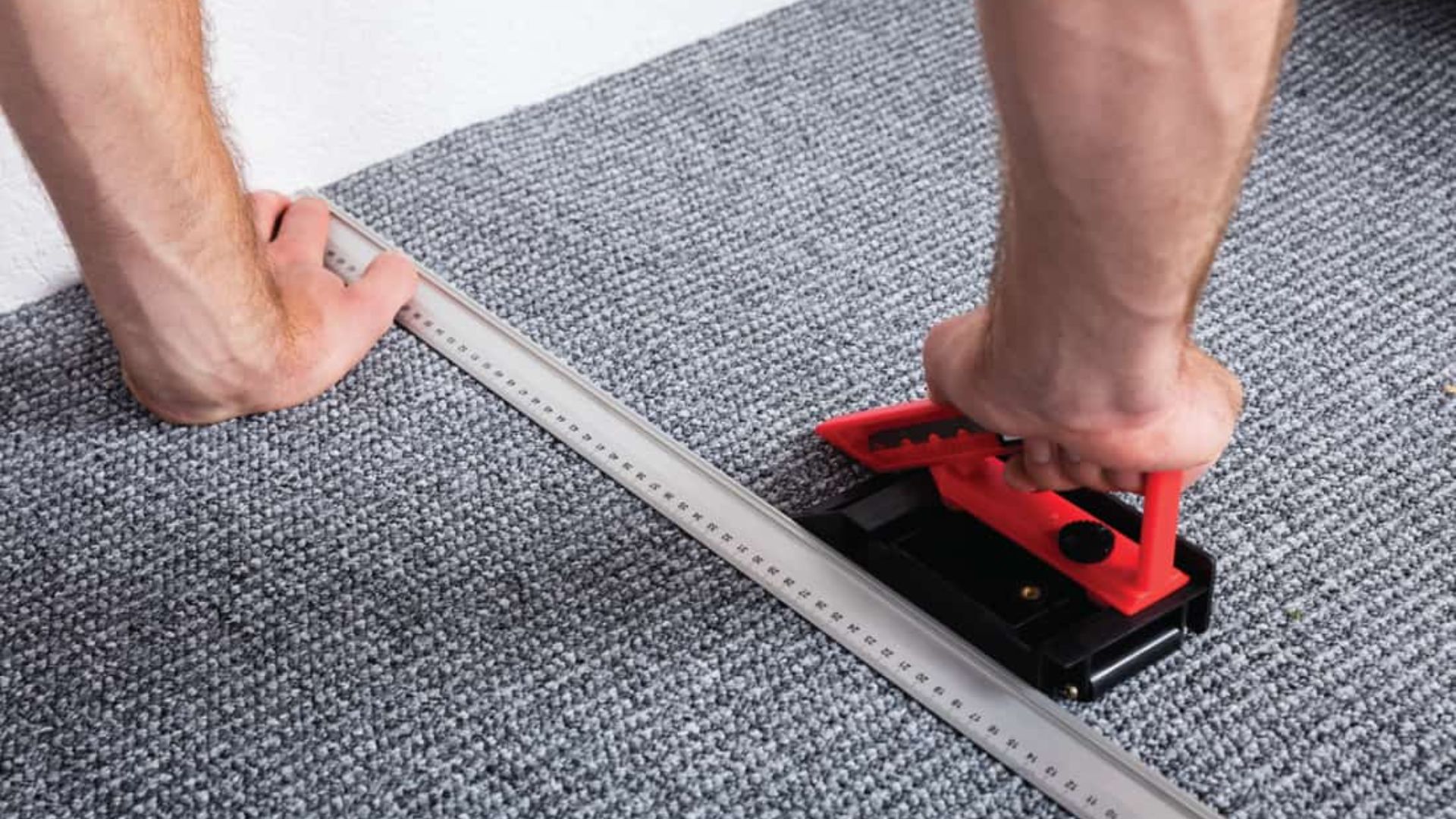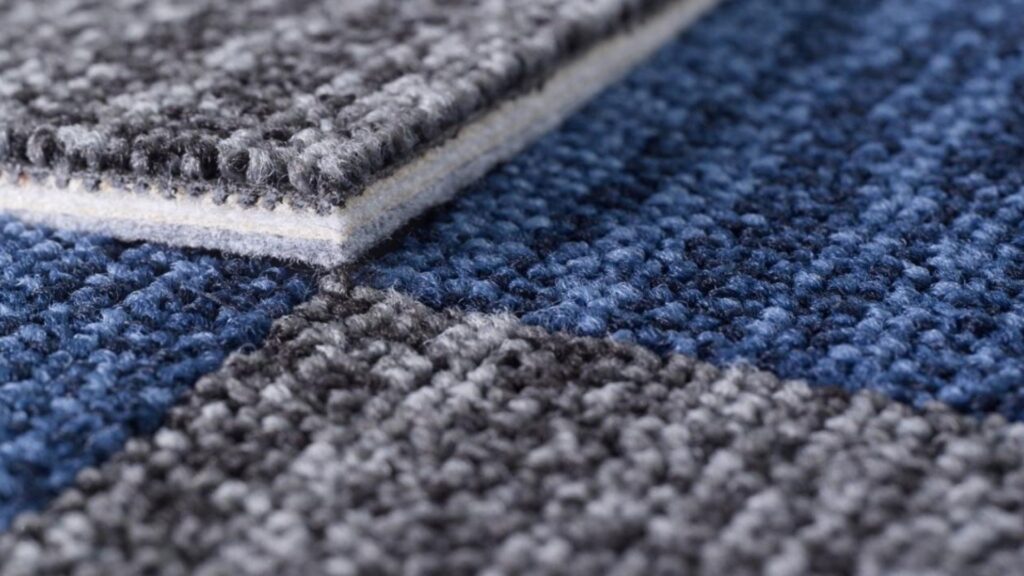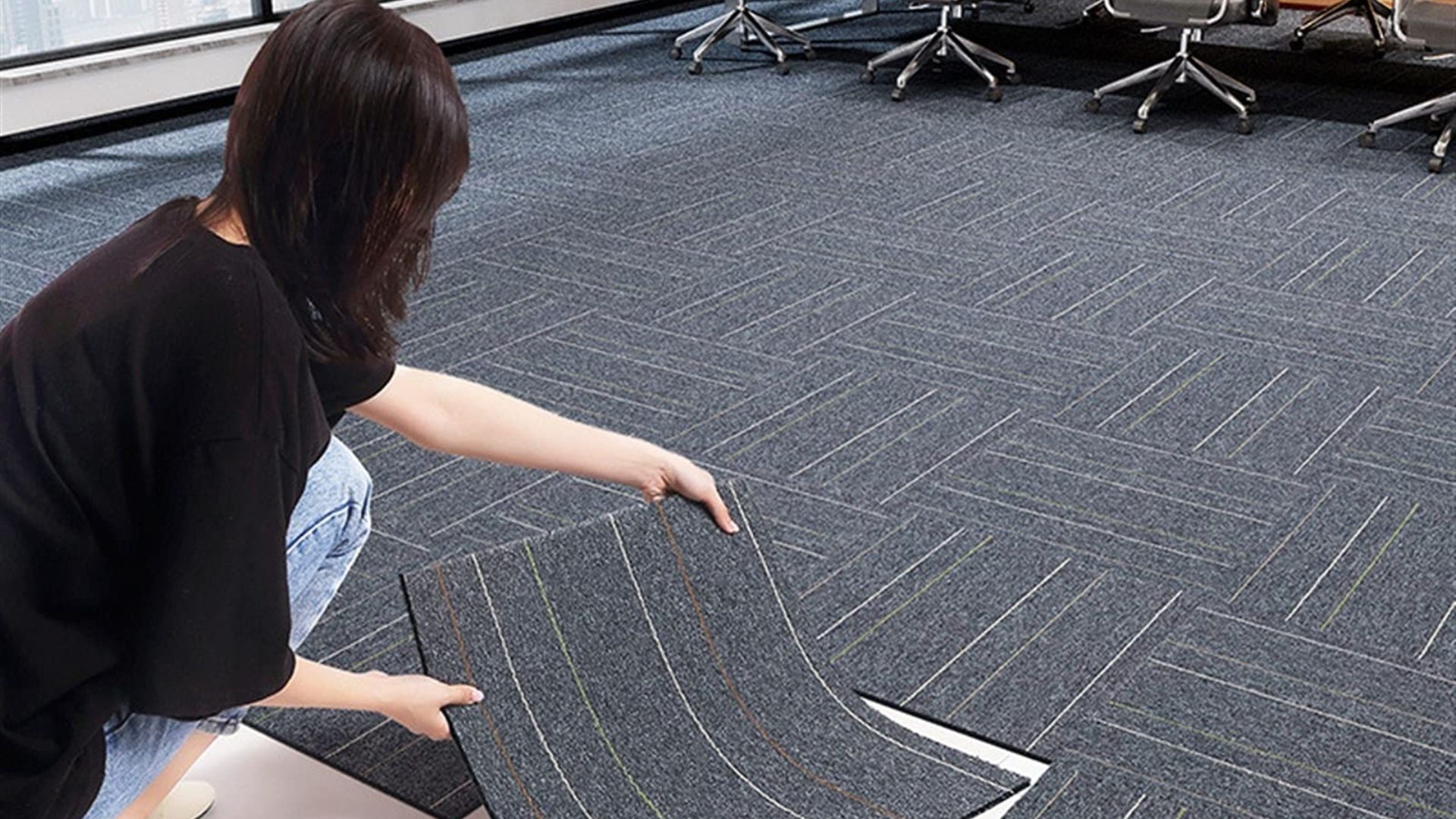In the quest for creating peaceful and tranquil indoor environments, selecting the right noise-absorbing carpet plays a crucial role. Noise reduction isn’t just about blocking out unwanted sounds; it’s also about absorbing and minimizing reverberations within a space. Noise absorbing carpet offer an effective solution to this challenge, providing both comfort underfoot and enhanced acoustics. Let’s explore how to choose the right noise-absorbing carpet for your needs:

1. Material Composition:
- Low Pile Carpets: Carpets with low pile heights tend to absorb less sound compared to those with higher pile heights. However, they offer other benefits such as ease of cleaning and durability.
- Density: Look for carpets with high-density fibers as they tend to absorb more sound. Dense carpets effectively trap sound waves, preventing them from bouncing off hard surfaces and causing reverberations.
2. Underlayment:
- Acoustic Underlayment: Consider installing acoustic underlayment beneath your carpet to enhance its noise-absorbing properties. Acoustic underlayment acts as a barrier, reducing impact noise and minimizing sound transmission between floors.
3. Fiber Type:
- Wool: Wool carpets are renowned for their natural ability to absorb sound. Additionally, wool fibers are resilient and long-lasting, making them an excellent choice for high-traffic areas.
- Nylon: Nylon carpets are known for their durability and stain resistance. While they may not absorb sound as effectively as wool, certain nylon carpets are designed with sound-absorbing properties.
4. Thickness:
- Thicker Carpets: Generally, thicker carpets tend to absorb more sound than thinner ones. However, it’s essential to strike a balance between thickness and practicality, considering factors such as maintenance and furniture placement.
5. Design and Style:
- Textured Carpets: Carpets with textured surfaces, such as patterns or loops, can help scatter sound waves, reducing reverberations effectively.
- Color Choices: While color doesn’t directly impact the sound-absorbing properties of a carpet, darker shades can help hide dirt and stains, maintaining the carpet’s aesthetic appeal over time.
6. Eco-Friendly Options:
- Recycled Materials: Consider eco-friendly carpet options made from recycled materials. These carpets not only contribute to sustainability but also often come with sound-absorbing features.
7. Manufacturer’s Specifications:
- Noise Reduction Coefficient (NRC): Check the manufacturer’s specifications for the carpet’s Noise Reduction Coefficient (NRC). A higher NRC indicates better sound absorption capabilities.
Why Choose Noise Absorbing Carpet:
- Enhanced Acoustic Comfort: Noise-absorbing carpets help create quieter indoor environments by minimizing reverberations and sound reflections.
- Improved Speech Intelligibility: By reducing background noise and echo, noise absorbing carpet enhance speech intelligibility, making communication easier in various settings.
- Comfort and Aesthetics: In addition to their acoustic benefits, noise-absorbing carpets provide underfoot comfort and contribute to the overall aesthetic appeal of a space.
Conclusion:
Choosing the right noise absorbing carpet involves considering factors such as material composition, underlayment, fiber type, thickness, design, and eco-friendliness. By selecting a carpetsthat meets your specific requirements and preferences, you can significantly improve the acoustic comfort of your space. At Perfect Acoustics, we offer a wide range of noise absorbing carpet designed to enhance both comfort and sound quality. Contact us today to explore our selection and find the perfect solution for your acoustic needs.


